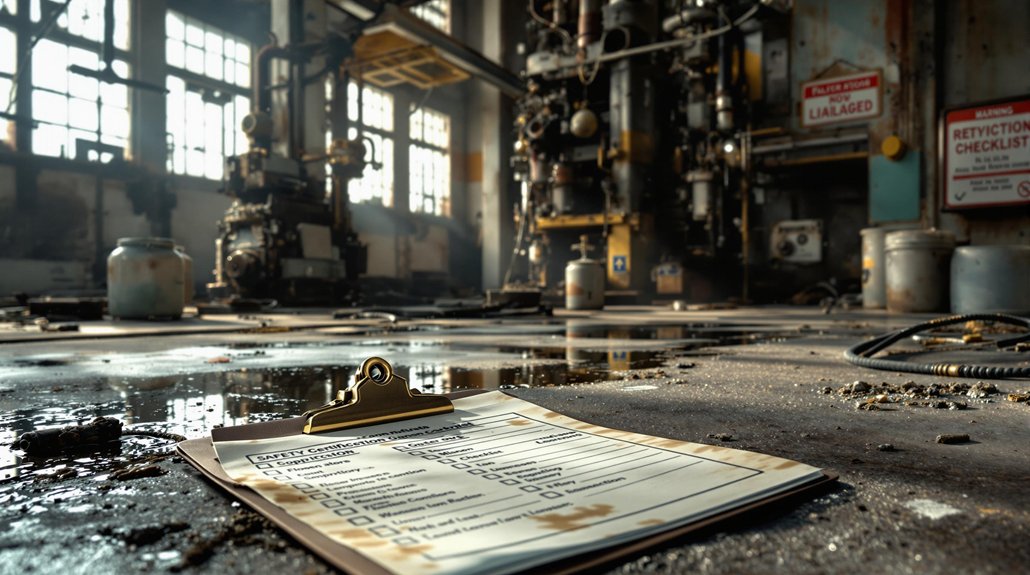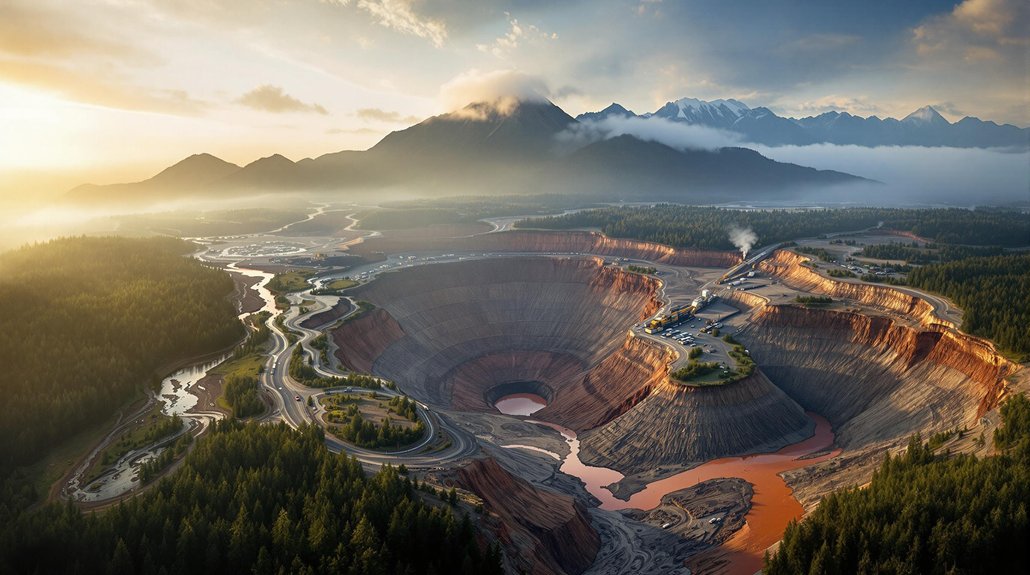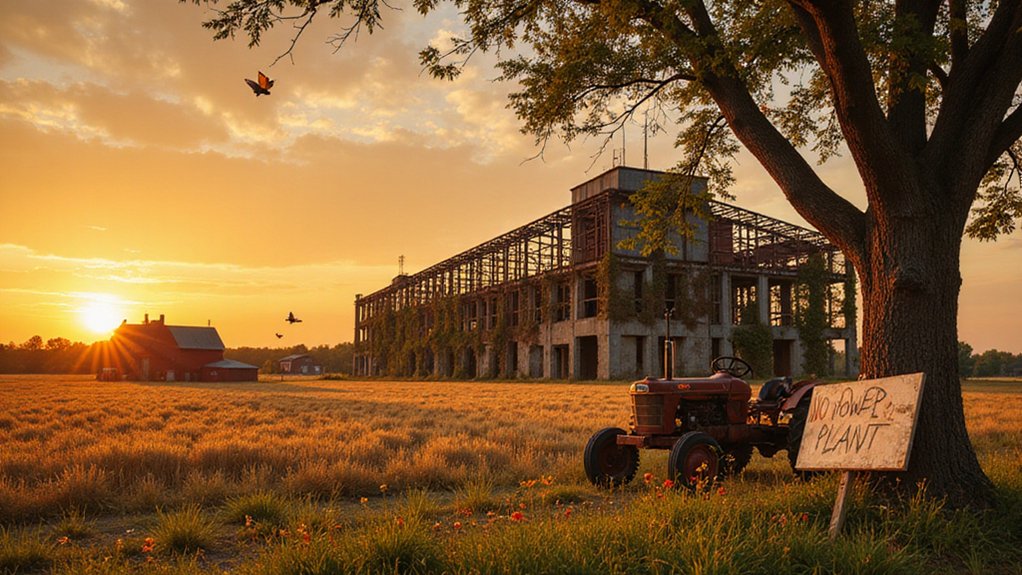British industrial workers face deadly risks daily. Construction saw 29 fall-related deaths in 2021-2022, while agriculture maintains the UK’s highest fatality rate—20 times the national average. Manufacturing and waste management aren’t much safer, with machinery entrapment and toxic exposure commonplace. Companies prioritize profits over people, turning deaths into mere statistics. Regulatory oversight? Barely visible when deadlines and margins take precedence. The human cost remains hidden beneath productivity metrics.
While Britain’s industrial glory often dominates historical narratives, the grim reality of workplace dangers tells a different story. Behind the economic success statistics lie alarming casualty figures that somehow don’t make headline news.
Construction sites saw 29 workers die from falls in 2021-2022 alone. Another 23 never made it home after being struck by vehicles. But hey, at least the buildings got finished on time, right?
Construction deaths remain a statistic until it’s your loved one buried beneath the profit margins.
Manufacturing isn’t much safer. Twenty-two fatal injuries in a single year. Workers get caught in machinery, breathe toxic fumes, and slowly lose their hearing. All in a day’s work, apparently. The repetitive tasks destroy bodies over time—but productivity numbers look great on quarterly reports.
Agriculture takes the dubious honor of highest fatality rate among UK industries. A staggering 4,100 non-fatal injuries per 100,000 workers. Tractors flip. Animals attack. Pesticides poison. It’s almost like farming shouldn’t be this dangerous in the 21st century. The sector’s fatality rate is 20 times higher than the average across all industries.
Waste management recorded 1,616 non-fatal injuries last year. Workers breathe harmful dust while wrestling with heavy loads. Their reward? Potential hearing loss and musculoskeletal problems. The industry has seen a concerning trend with six fatalities reported in 2022 due to work-related accidents. Thanks for recycling our rubbish, folks.
Mining has improved since the 1866 Oaks Colliery Explosion, but not enough. Cave-ins still happen. Miners still develop pneumoconiosis from coal dust. Methane still explodes. Progress is relative, it seems.
Chemical plants remain ticking time bombs. Major accidents waiting to happen. Workers face fires, explosions, and slow poisoning. The Seveso-III Directive exists for a reason—these places can be deadly.
Across all sectors, people slip, trip, and fall with alarming regularity. Mental health crumbles under pressure. Cancer develops decades after exposure to workplace hazards. Lungs fail. Backs give out.
Britain’s industrial might comes with a price tag measured in human suffering. Regulatory oversight often arrives too late—after the accident, after the diagnosis, after the funeral. Some glory, that.








